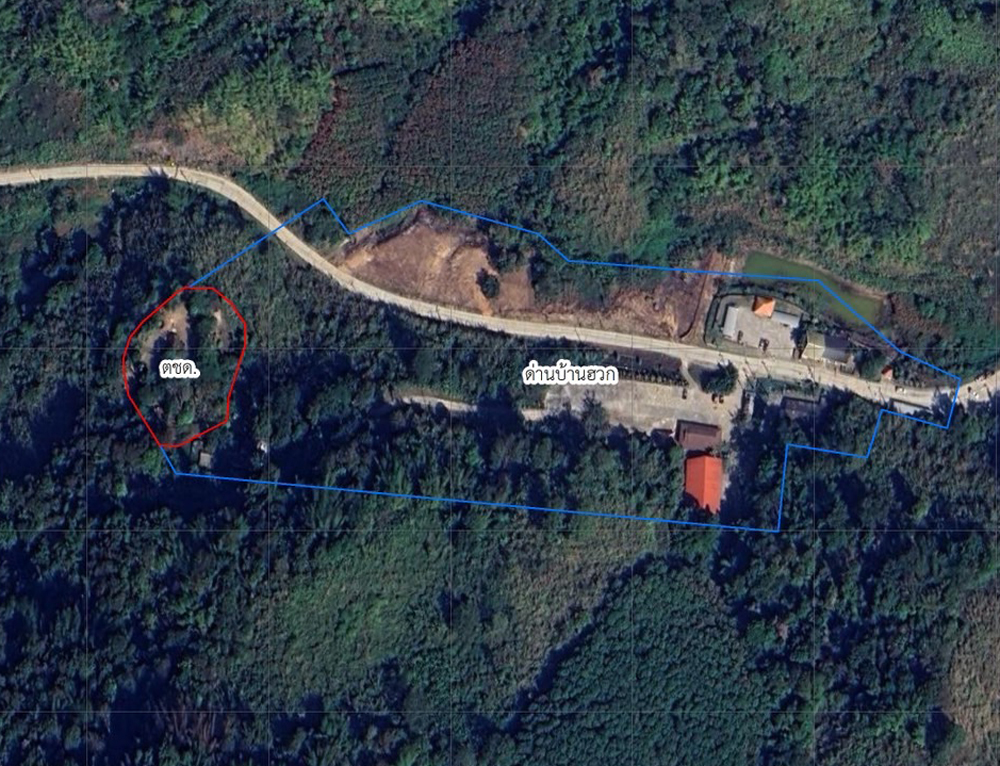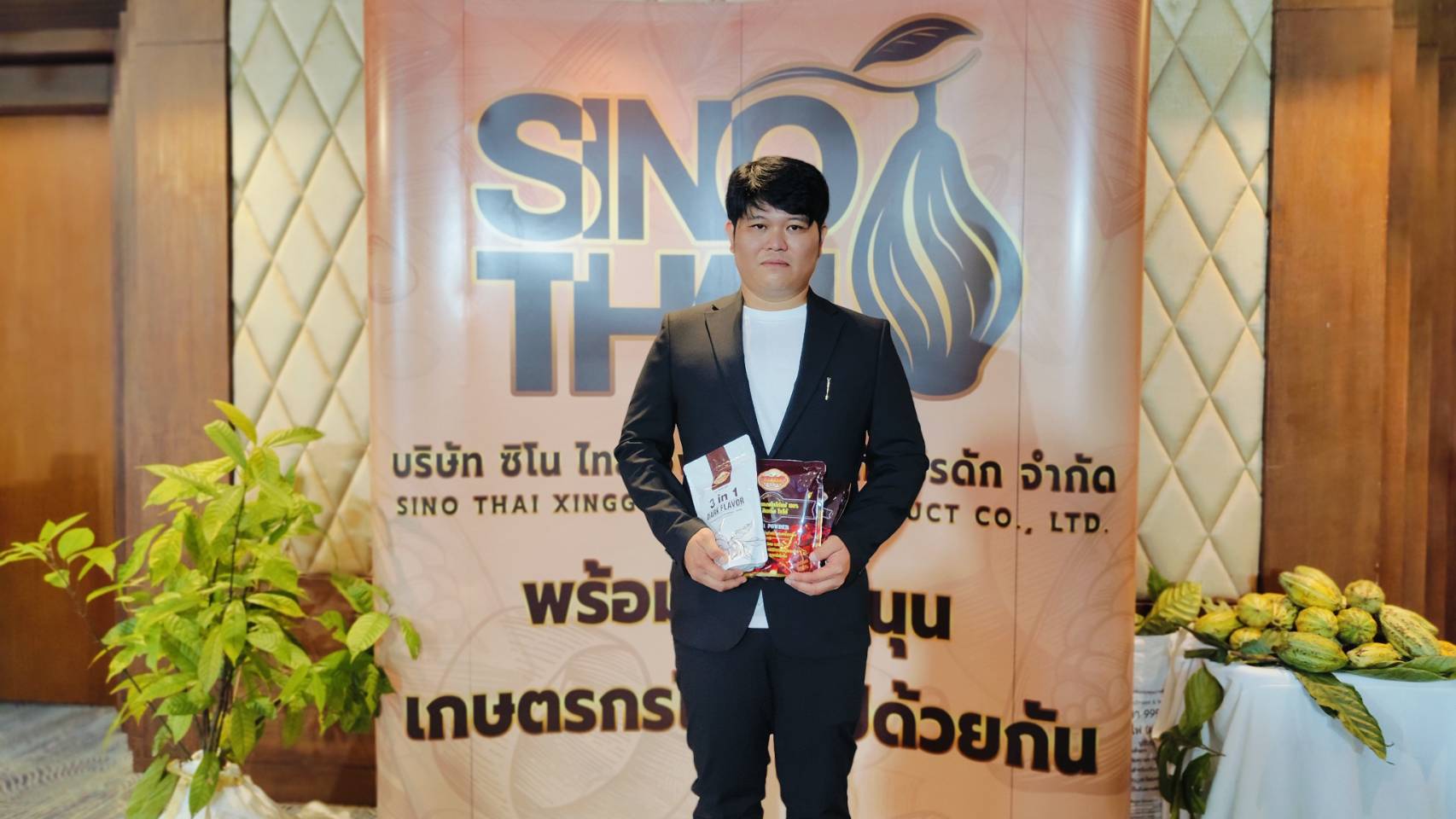The art of creating tribal identity patterns involves three construction techniques: embroidery, sewing, and candle writing. The key to creating high-quality patterns lies in precision and attention to detail. This is especially true for the intricate patterns found in Hmong fabric art. These detailed patterns are highly sought after for their unique and eye-catching designs. They often reflect traditional tribal art motifs and offer a glimpse into the tribe’s way of life, culture, and beliefs. These patterns are not only used for household items but also play a significant role in religious ceremonies and other rituals. However, as values, culture, and ways of life evolve, the popularity of traditional tribal patterns has diminished. As a result, products featuring these unique tribal patterns are becoming less popular. Additionally, the changing times have also affected the distribution systems for tribal products, further contributing to their declining popularity. It is evident that the once highly sought-after tribal products have significantly decreased in popularity over time.
The Community Enterprise Group of Ethnic Embroidery Cloth and Candle Writing Fabric, located in Ban Sib Song Phatthana, Pha Chang Noi Subdistrict, Pong District, Phayao Province, is a group of brothers and sisters from the highlands who specialize in creating products that reflect the local identity. Their main products are embroidery patterns and candle writing cloth, which are both heavily influenced by the trading system. Currently, their distribution channels are limited to selling to tourists in the local area or through storefronts. However, in order to adapt to the changing times, the group recognizes the need to expand their distribution channels. Their ultimate goal is to create a sustainable income, increase the value of their products, and appeal to both Thai people and foreigners. To achieve this, they have turned to electronic commerce technology as a tool to support their sales business. This provides them with an additional channel to stimulate sales for their enterprise group.
E-commerce website or electronic commerce system graphic design for product development, accessories, and souvenirs, is a platform where users can design their products, accessories, and souvenirs. The design pattern emphasizes the identity of the highland people in Phayao Province. This includes the community enterprise, Ban Sib Song Phatthana Fabric Candle Group, which consists of Mien and Hmong hill tribes. They possess various inherited identity patterns that reflect a simple way of life. Dr. Kaewrin Jandum and the research team have extracted these patterns in the form of graphic designs to facilitate their use in designing other products.
The website, www.pyhill.com, offers a unique application for designing tribal fabric patterns. This allows buyers to take pride in creating their own pieces, making them valuable and one-of-a-kind. The system not only encourages customers to purchase more products, but also collects patterns, identities, and meanings of tribal designs. This feature sets the online store apart and adds interest to the application. Additionally, the website has patented four candle cloth patterns, each with a unique story and meaning. These patterns include the Lucky Crab Claw, the Ten-Thousand-Year-Old Turtle, the Wealth-Attracting Windmill, and a Spider pattern associated with drawing money and gold. By adapting from the original pattern to create new ones, the website offers a diverse range of options for customers.



Collecting patterns from the fabric produced by the highland communities.

Embroidery pattern information: Candle-painted cloth of the Hmong and Mien tribes.

Patent Application Patterned on the sheet material.

Candle stamping patent.

Innovative web application for designing your own product patterns.

Candle stamping to get a clear and quick pattern.

Using indigo blue tree dyeing to replicate candle patterns onto fabric.

Natural dyed fabrics

Naturally dyed fabric, neckwear

Naturally dyed fabric, neckwear



